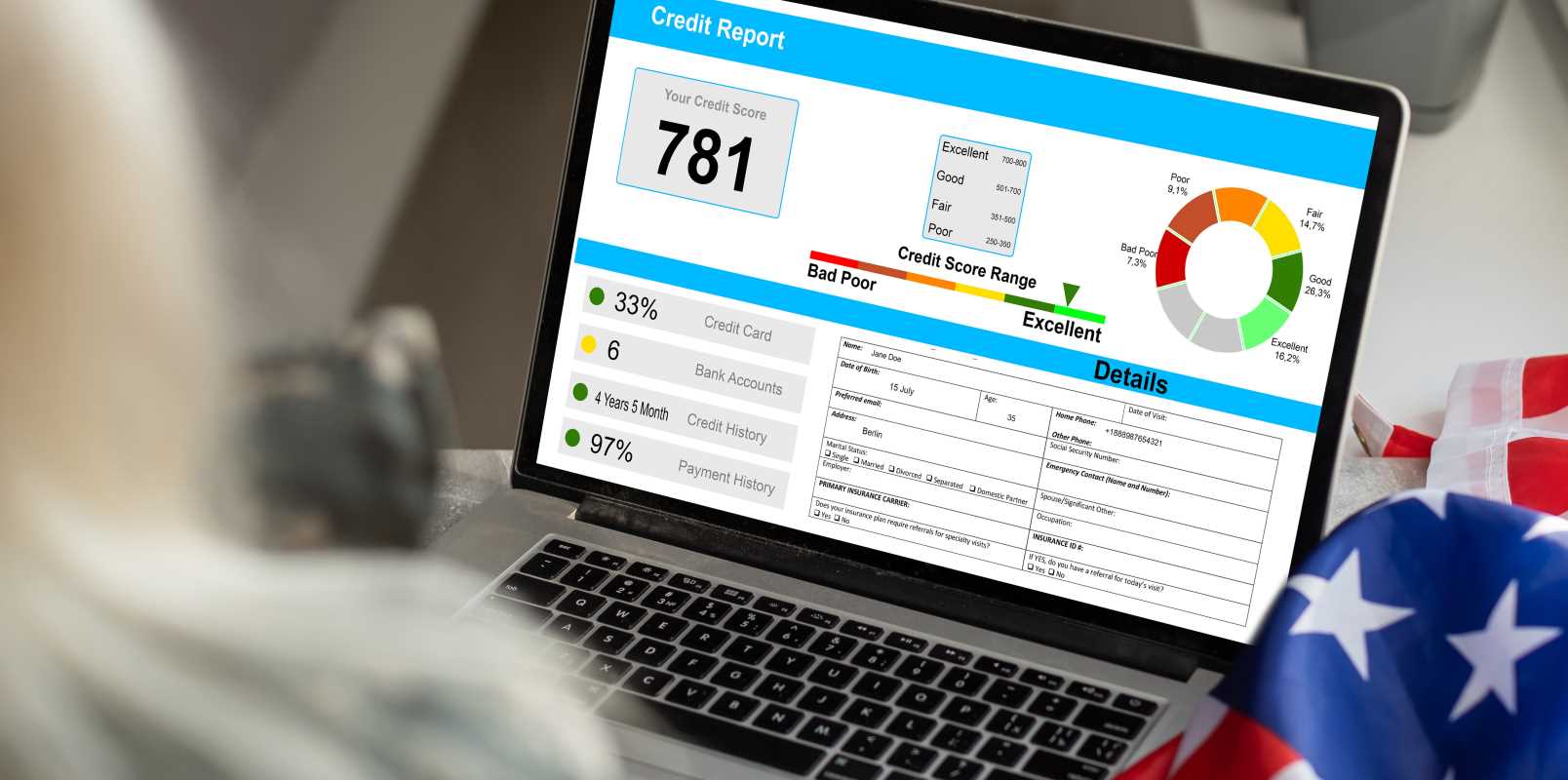Saving for retirement can feel daunting for anyone, but it’s uniquely challenging for freelancers. Without access to traditional employer-sponsored 401(k) plans or matching contributions, you’re on your own when it comes to planning for your future. Add the unpredictable nature of freelance income, and it's easy to see why many freelancers aren't saving as much as they’d like.
However, retirement planning as a freelancer isn’t just possible—it’s essential. With the right strategies and tools, you can take control of your financial future and ensure you have a comfortable nest egg when it’s time to retire. Here’s how.
The Challenges Freelancers Face in Retirement Planning
Freelancers operate outside the structure of a traditional employer, which brings unique hurdles. Here are a few major ones:
- No Employer Contributions: Unlike employees who benefit from company 401(k) matching, freelancers need to contribute 100% on their own.
- Irregular Income: Unpredictable earnings make it harder to set consistent savings goals and stick to a schedule.
- Lack of Guidance: Without an HR department, freelancers need to educate themselves about available retirement savings options and how to get started.
- Higher Tax Responsibilities: Self-employed individuals pay both the employee and employer share of Social Security and Medicare taxes, which can limit available income for savings.
Despite these challenges, freelancers have alternative retirement savings tools that make planning manageable and effective.
Best Retirement Savings Options for Freelancers
Freelancers don’t need to miss out on building retirement savings. Here are several great account options tailored to self-employed individuals:
1. Traditional IRA (Individual Retirement Account)
A traditional IRA allows you to contribute pre-tax income, reducing your taxable income for the current year.
- Contribution Limit: Up to $6,500 annually (or $7,500 if you're 50 or older) for 2023.
- Tax Benefits: Contributions are tax-deductible, and earnings grow tax-deferred. You’ll pay income tax when you withdraw money in retirement.
2. Roth IRA
Roth IRAs are another retirement savings option with a different tax benefit.
- Contribution Limit: Same as traditional IRAs, but eligibility is based on income level.
- Tax Benefits: Contributions are made with after-tax dollars, but withdrawals in retirement (including earnings) are tax-free. This can be an excellent strategy if you expect to be in a higher tax bracket in the future.
3. SEP IRA (Simplified Employee Pension)
A SEP IRA is designed for the self-employed and allows for much higher contributions than a traditional or Roth IRA.
- Contribution Limit: Up to 25% of your net earnings from self-employment, capped at $66,000 for 2023.
- Tax Benefits: Contributions are tax-deductible, and funds grow tax-deferred.
- Ideal For: Freelancers with inconsistent income who want flexibility in how much they contribute annually.
4. Solo 401(k)
The Solo 401(k) is a 401(k) plan for self-employed individuals with no employees (other than a spouse).
- Contribution Limit: Contributions come from two sources—the employee portion (up to $22,500 in 2023, or $30,000 if 50 or older) and the employer portion (up to 25% of net earnings). Combined, you can contribute up to $66,000 annually (or $73,500 if 50 or older).
- Tax Benefits: Contributions reduce taxable income, and earnings grow tax-deferred.
- Ideal For: Freelancers with higher earnings who want to maximize contributions.
5. Brokerage Accounts
While not a dedicated retirement vehicle, a taxable brokerage account can supplement your retirement savings. These accounts have no contribution limits and allow you to invest in stocks, bonds, and funds. They offer flexibility but lack the tax advantages of retirement-specific accounts.
Tips to Save for Retirement as a Freelancer
With the right financial habits, you can build a consistent retirement savings plan that works, even with freelance income fluctuations. Here are some practical tips:
1. Create a Budget That Includes Savings
Budgeting is key for freelancers who lack a steady paycheck.
- Calculate your average monthly income and expenses to identify how much you can realistically save.
- Set a percentage of each payment—such as 10% to 20%—to direct toward your retirement account before covering other costs.
2. Set Specific Savings Goals
Determine how much you need to save for retirement and break it into smaller, achievable goals. Use online retirement calculators to estimate how much you should save annually based on your desired lifestyle, current age, and expected retirement age.
3. Automate Contributions
Automating takes the guesswork out of savings.
- Set up automatic transfers from your checking account to your retirement account on a monthly or quarterly basis.
- If your income varies, contribute more in months with higher earnings and maintain smaller consistent transfers during leaner months.
4. Build an Emergency Fund
Having a robust emergency fund (3-6 months of expenses) acts as a safety net, so you won’t need to dip into your retirement savings during tough times. This ensures your nest egg continues to grow uninterrupted.
5. Take Advantage of Tax Deductions
Contributions to traditional IRAs, SEP IRAs, and Solo 401(k)s are tax-deductible, directly reducing your taxable income. Make the most of these deductions while saving for your future.
6. Plan for Taxes
Freelancers already face higher tax obligations, so integrate estimated taxes into your cash flow planning. By budgeting for taxes, you'll ensure you’re not caught off guard and can still meet your savings goals.
7. Consult a Financial Advisor
A financial professional can help optimize your retirement savings strategy, especially if you’re juggling multiple income sources or interested in advanced tax planning.
Take Charge of Your Retirement Today
Saving for retirement as a freelancer may require more legwork than traditional employees, but the freedom and flexibility it brings are well worth it. By exploring the right savings vehicles, developing smart financial habits, and staying consistent, you can build a secure future for yourself.
Don’t procrastinate—the earlier you start, the more you benefit from compounding growth and tax advantages. Take control of your retirement planning today, and give your future self the peace of mind you deserve.







